Almost finished our electrofishing for 2014, just a few odds and ends to tidy up including two monitoring sites in the Auchnahannet Burn today. This burn was the subject of a habitat restoration project by the Spey Catchment Initiative over 2012/13 with fencing to exclude stock access and tree planting. We have monitored these sites over the last three years - there has been quite a transformation in the quality of the instream and bankside habitat.
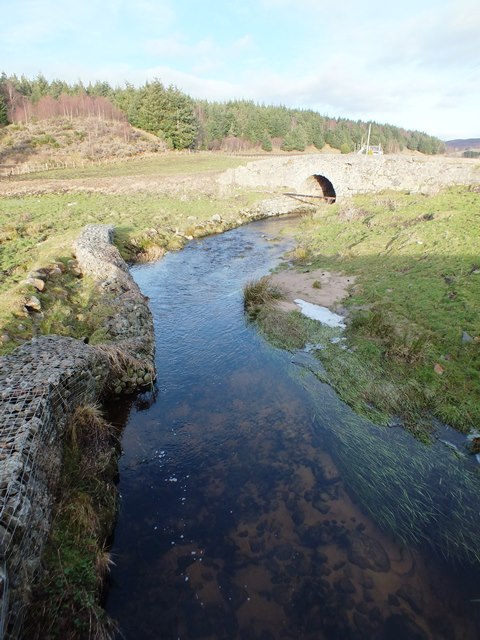
The Auchnahannet Burn upper site in 2012. This site is located immediatly upstream of the Dulnain / Carrbridge road

Roughly the same view today, the burn is a lot narrower and deeper. Trout habitat some may say but they’d be wrong in this case - there was a great population of salmon. There is a lot less sand in the stream bed now. The water was deceptive in its depth, it was almost to the top of our waders in the foreground.
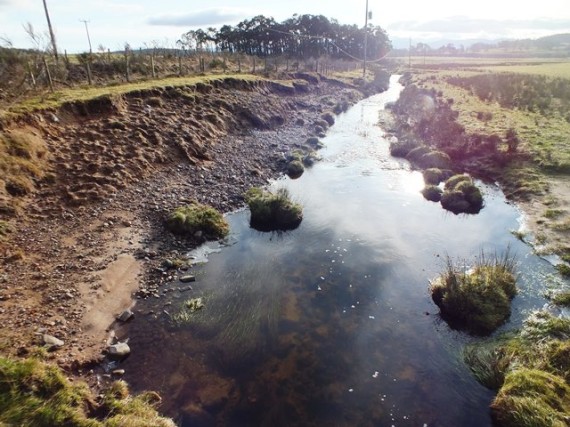
The pre-fencing view downstream from the road bridge. This shot was taken in winter but the bare banks and erosion have gone.
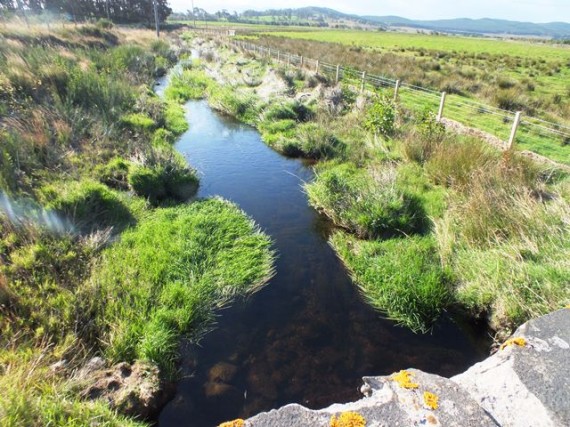
The downsteam view today, what a transformation.
The results from the surveys in the upper site are shown in the table below.

An impressive increase in the salmon population in particular at this site, same for the trout parr. Note that the figures are expressed as fish per 100m2 wetted stream bed area.
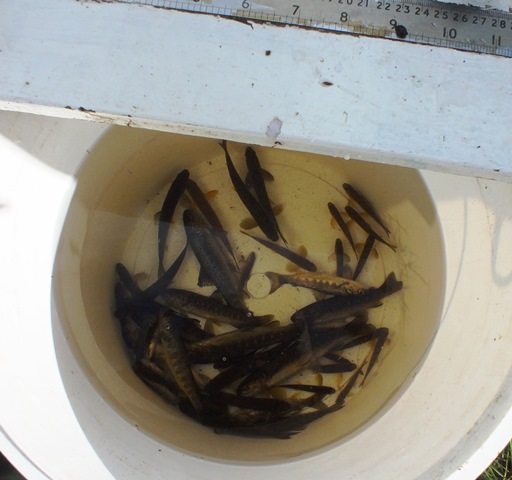
Some of the mixed salmon and trout catch during processing (note: some are still under the effects of the anaesthetic).
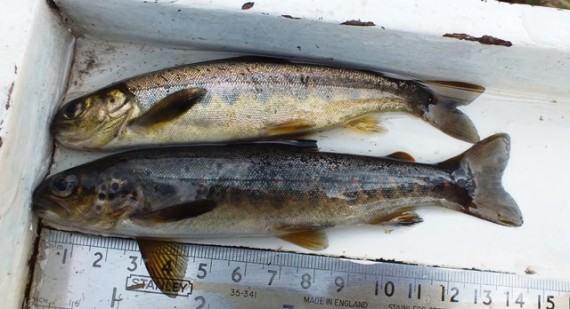
I didn’t think the lower fish looked quite right, too many parr marks for a trout, potentially a trout/salmon hybrid. Upper one is a cracking fat salmon parr.
One problem at the site were the long streamers of fibrous algae which made catching the fish difficult. We only fished each site once but I reckon our efficiency was lower than usual.
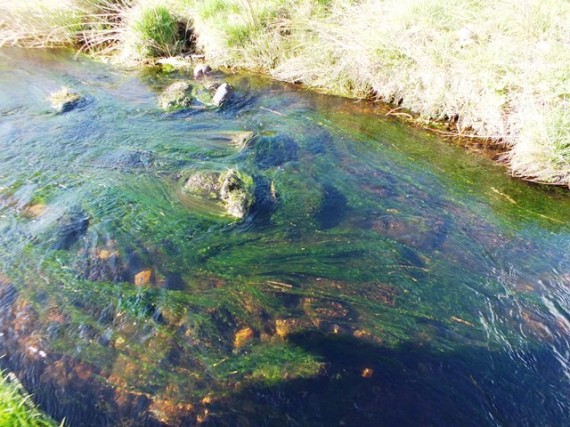
The long strands of algae made fish capture and net movement difficult, consequently we left a lot more fish behind than normal.
The lower site produced less good results than we recorded last year when a tremendous density of parr were found. Not sure why the parr numbers were lower today but we caught a lot of salmon fry.

The results from the lower site. Less parr than last year for some reason but no shortage of salmon fry.
Must remember to survey these sites immediately after a spate next year, there might be less algae about then.
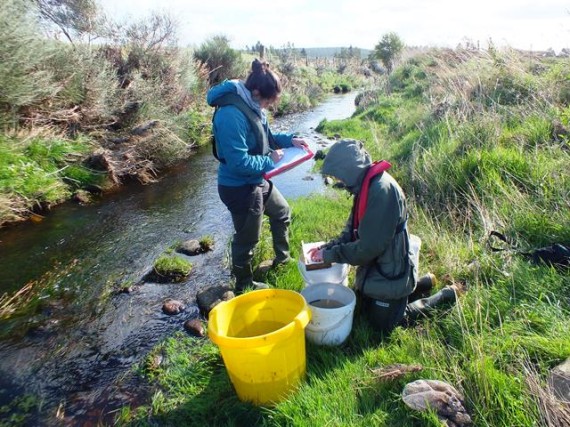
Kirsteen and Polly processing the catch on a fresh autumn day.
Spey Fishery Board
